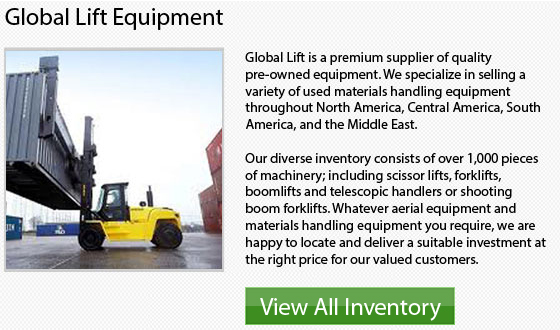
What Exactly Is an Articulating Boom Lift?
An articulating boom lift is an industrial machinery that is used in numerous applications from construction to electrical repair. These extremely maneuverable lifts make working at heights a lot efficient and safer.
Height
Knuckle boom lifts are a different term utilized for articulating boom lifts. These machines are capable of reaching heights from 36 feet to 131 feet, depending on the model of the particular lift.
Design
The articulating boom has a large arm or boom with multiple bending elbows. These are in conjunction with extendable arms that allow the articulating lifts to reach over things and outwards and also upwards.
Telescoping vs. Articulating
Both telescoping or straight boom lifts can work at heights from 46 to 86 feet. Unlike articulating lifts, these ones do not contain elbows and extend in a straight line. This simplifies some of the lift training but also restricts the areas which are able to be reached with it.
Advantages
The design of the articulating boom lift helps to ensure it can negotiate around objects and obstacles. These lifts are available in electrical models, have zero tail swing and are convenient for indoor application. These particular kinds of lifts are perfect for crowded work situations.
SJ 46AJ
The A-Series Articulating Boom engineered by Skyjack was designed for utilizing many of their reliable and efficient design features. The SJ 46AJ provides an industry leading, 360 degree continuous turret rotation which is standard equipped. Due to the turret design allowing for easy operation in tight areas, this particular model also offers zero tail swing.
Skyjack is recognized for providing extreme terrain ability and positive traction. These features are offered by the axle based 4WD, which is offered in many of Skyjack's product designs. These machinery are known for having a reliable and rugged drive train and proven low maintenance. In addition, the AJ has been designed with a rear axle hydraulic differential unlock and lock switch. This enables the operator to lock the rear differential when traveling on rough ground.